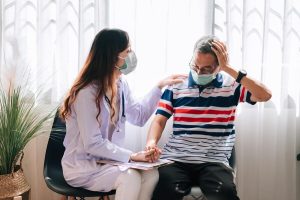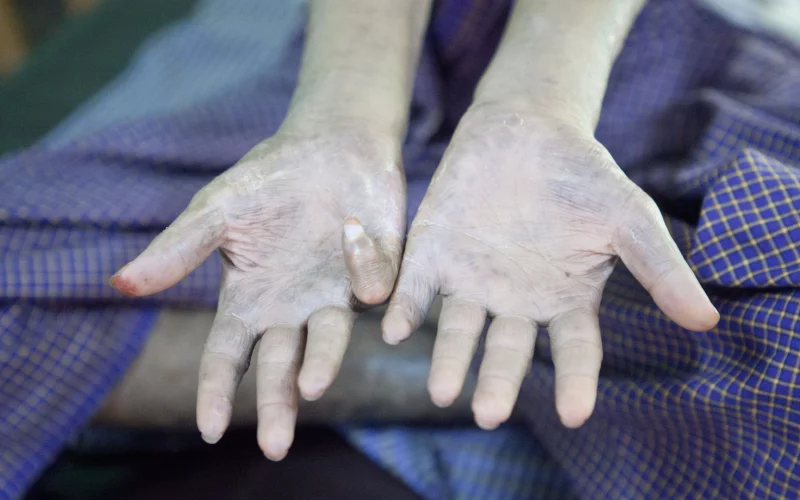Introduction
Leprosy, also known as Hansen’s disease, is a chronic infectious disease caused by the bacterium Mycobacterium leprae. While leprosy may seem like a relic of ancient times, cases continue to be reported in various parts of the world, including Florida. Understanding the risks and realities of leprosy is essential for effective prevention, early detection, and compassionate care. In this comprehensive article, we’ll explore the current status of leprosy in Florida, assess the risks of transmission, and discuss strategies for addressing this often misunderstood disease.
Understanding Leprosy
Leprosy is a slow-growing bacterial infection that primarily affects the skin and peripheral nerves. It can lead to disfiguring skin lesions, nerve damage, and, in severe cases, permanent disability. Leprosy is transmitted through respiratory droplets from infected individuals or through prolonged close contact with untreated cases.
Signs and Symptoms of Leprosy
- Skin lesions or nodules that may be discolored or numb
- Loss of sensation in affected areas
- Muscle weakness or paralysis
- Thickened, painful nerves
- Eye problems, including blindness if left untreated

Assessing Risks in Florida
While leprosy is rare in the United States, including Florida, cases are occasionally reported, particularly in regions with a high population density and close contact with endemic areas. Florida’s warm climate and diverse population make it a potential hotspot for leprosy transmission, although the risk remains relatively low compared to endemic regions in developing countries.
High-Risk Groups
Certain populations may be at increased risk of leprosy transmission, including:
- Individuals with close contact or prolonged exposure to untreated cases
- Immigrants or travelers from endemic regions
- Healthcare workers providing care to leprosy patients
- Individuals with compromised immune systems
Prevention and Control Strategies
1. Early Detection and Treatment
Early detection and prompt treatment are crucial for preventing the spread of leprosy and minimizing complications. Healthcare providers in Florida should be vigilant for signs and symptoms of leprosy, particularly in individuals with a history of travel to endemic areas or exposure to known cases.
2. Contact Tracing
Contact tracing is essential for identifying individuals who may have been exposed to leprosy and initiating preventive measures, such as prophylactic antibiotic treatment. Health authorities in Florida should collaborate with local healthcare providers to conduct thorough contact tracing investigations and offer appropriate interventions to at-risk individuals. Explore More About (Heat Rash)
3. Public Education and Awareness
Raising public awareness about leprosy, its transmission, and prevention measures is essential for dispelling misconceptions and reducing stigma surrounding the disease. Educational campaigns in Florida should emphasize the importance of early detection, prompt treatment, and adherence to preventive measures, such as practicing good hygiene and avoiding close contact with untreated cases.

4. Collaboration and Surveillance
Effective control of leprosy requires collaboration between public health authorities, healthcare providers, and community stakeholders. Surveillance systems should be in place to monitor leprosy trends, identify emerging clusters or outbreaks, and implement targeted interventions to prevent further transmission.
Conclusion
While leprosy remains a rare disease in Florida, understanding the risks and realities of this ancient affliction is crucial for effective prevention and control. By raising awareness, implementing early detection and treatment strategies, and fostering collaboration between public health agencies and community partners, Florida can effectively address the challenges posed by leprosy and ensure the well-being of its residents.










